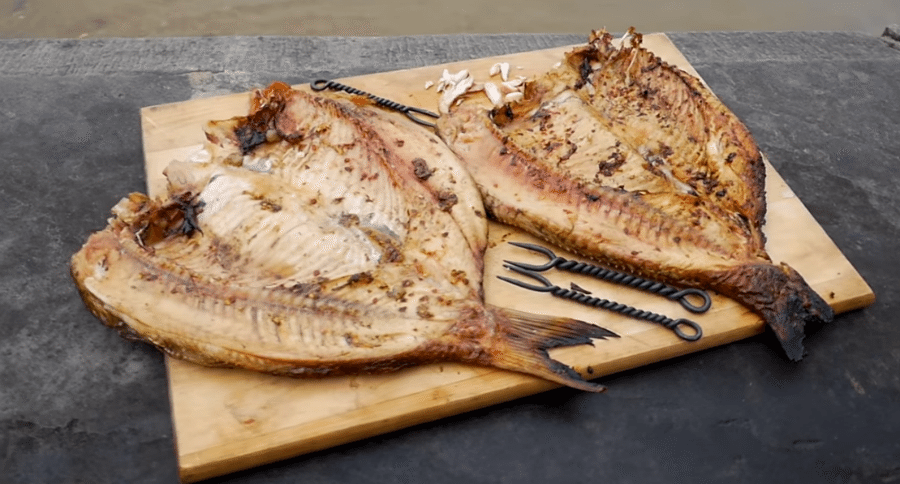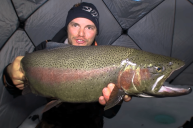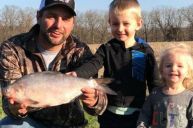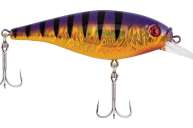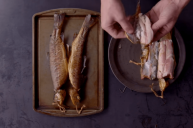Here's a great history lesson on how they made planked shad at George Washington's Mount Vernon plantation, when everyone was fishing the shad run.
Well, let's get this out of the way: The lady in the video is not an angler, and she is clearly unfamiliar with fish species and fish cleaning technique. BUT, she is very knowledgeable about the history of Mount Vernon and how the people lived back in the early colonial period, including how they planked fish.
Deb Colburn is the Interpretive Program Supervisor for Historic Trades at George Washington's Mount Vernon. Here she is showing Jon Townsend how the folks would have planked shad during the enormous shad run that took place every spring along the Potomac River.
Colburn is mistaken in identifying the fish she's preparing as a shad. It looks like a species of carp, well under 20 pounds.
Neither does she seem to know how to properly scale the fish, but that's all okay, the real valuable information she relays is on the history of the shad run at Mount Vernon and how they would have prepared the fish for all of the servants, slaves and workers on Washington's plantation.
"A million to a million and a half shad herring," she says were harvested from various points along the river. Amazing!
She butterflies the fish and coats its flesh with herbs, peppers and salt. Then they take the fish to a planking station. This part is interesting, as you can imagine this small station being dramatically enlarged to feed the many mouths who were working the shad run over a period of a few weeks every spring.
Imagine hundreds of planked shad being hung over open fires, with people working and cooking practically around the clock. It must have been an impressive sight.
And the fish does look tasty when it's finished, even if it was misidentified. I will say that this is a wonderful method of cooking fish. I've used it myself and have always found it to be delicious.
Like what you see here? You can read more great articles by David Smith at his facebook page, Stumpjack Outdoors.
NEXT: Here's How Early American Whiskey Was Made on the Homestead
